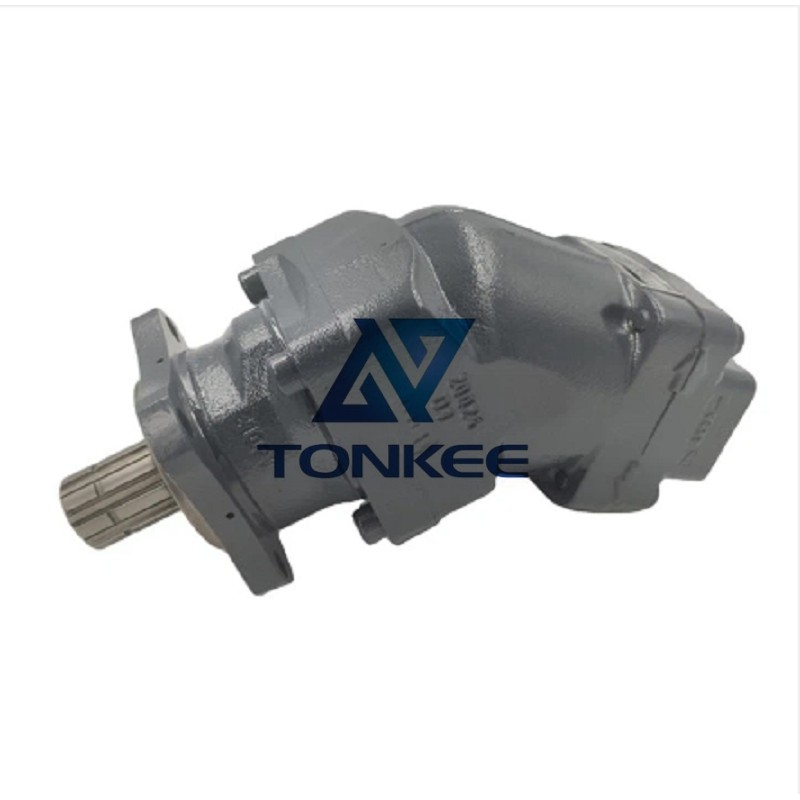
Displacement: The displacement of a hydraulic piston pump refers to the volume of fluid displaced by the pump per revolution or stroke.
It is usually measured in cubic centimeters (cc) or liters (L) and determines the flow rate of the pump.
Pressure Rating: The pressure rating indicates the maximum pressure that the pump can handle without experiencing damage or failure. It is typically measured in pounds per square inch (psi) or bar.
Flow Rate: The flow rate of a hydraulic piston pump refers to the volume of fluid that the pump can deliver per unit of time. It is usually expressed in gallons per minute (gpm) or liters per minute (lpm).
Efficiency: Pump efficiency is a measure of how effectively the pump can convert mechanical energy into hydraulic energy. Higher efficiency means less energy is wasted as heat, resulting in improved overall system performance.
Operating Speed: The operating speed of the pump is the rotational speed of the drive shaft, typically measured in revolutions per minute (rpm).
It determines the pump's output and is often specified within a certain range.
Fluid Compatibility: Hydraulic piston pumps are designed to work with specific types of hydraulic fluids, such as mineral oils, synthetic fluids, or water-based fluids. The pump's specification should include information about the recommended fluid type and any limitations or compatibility requirements.
Noise and Vibration Levels: These specifications describe the amount of noise and vibration generated by the pump during operation. Low noise and vibration levels are desirable to minimize discomfort and prevent damage to surrounding components.
Service Life and Maintenance Requirements: The service life of a hydraulic piston pump can vary depending on factors such as operating conditions, maintenance practices, and build quality. The manufacturer may provide guidelines regarding maintenance intervals, recommended procedures, and potential wear parts that may need replacement over time.


















